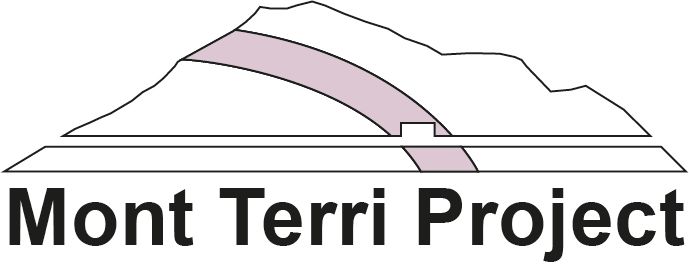Mont Terri Project
Organisation
The Mont Terri Project is an international research project for the hydrogeological, geochemical and geotechnical characterisation of a clay formation (Opalinus Clay).
Contracts
As the representative of the federal government, swisstopo concluded contracts with the project partners and with the Canton of Jura, providing a legal basis for the activities.
Funding
The federal government represented by swisstopo funds the operation of the rock laboratory (no third party is involved). The participating partners fund the research programme.
History of the Project
We give here the history of the project from the mid-1990s onwards with a summary of the milestones.
